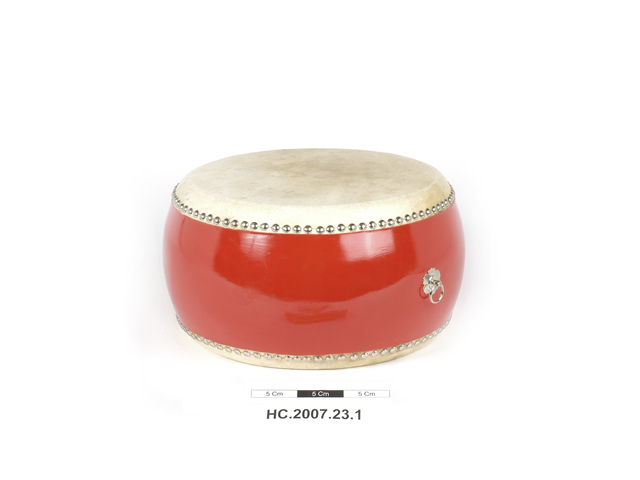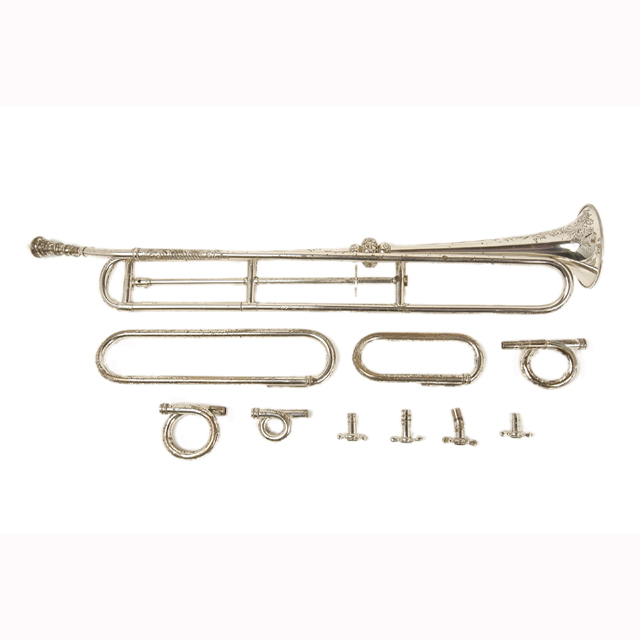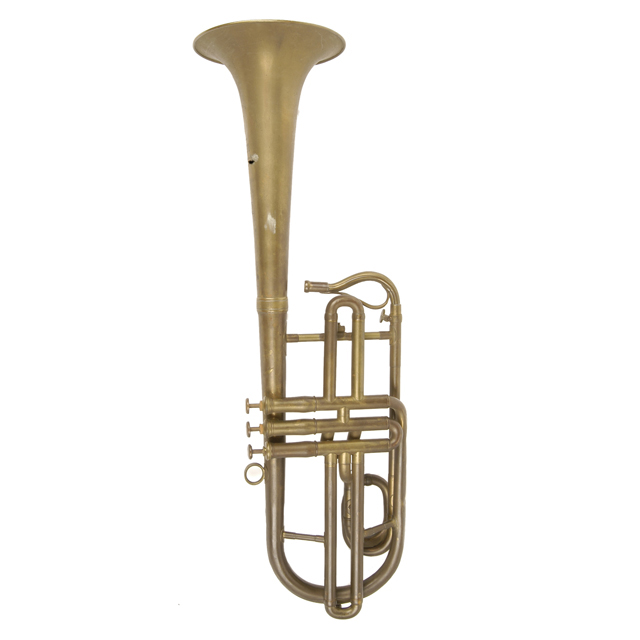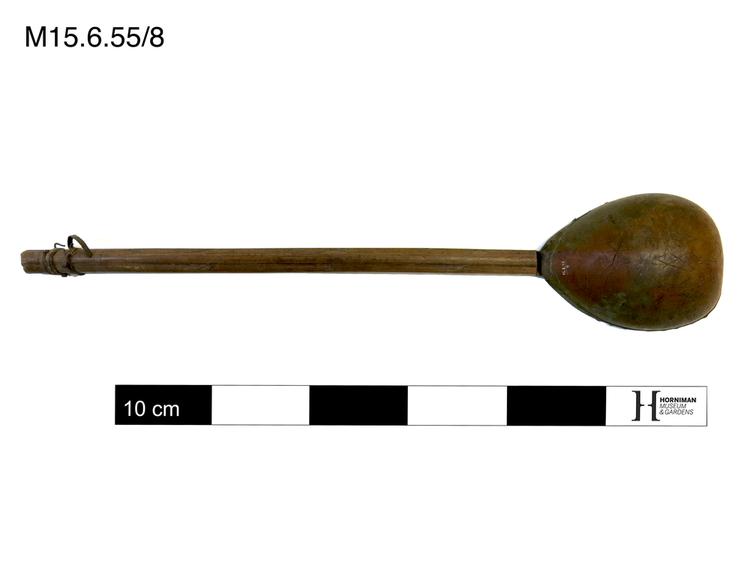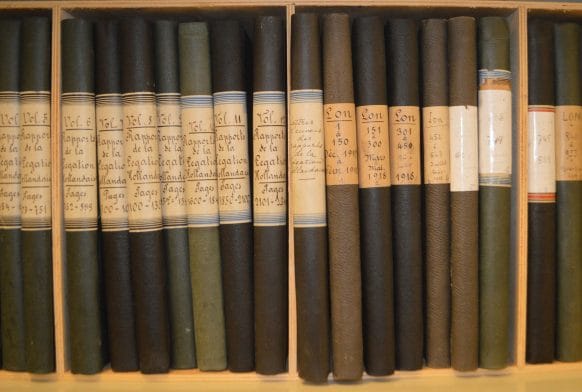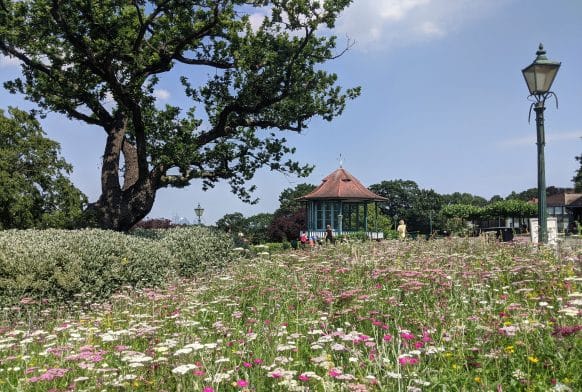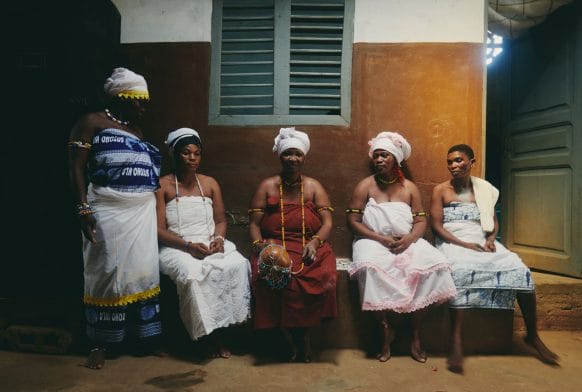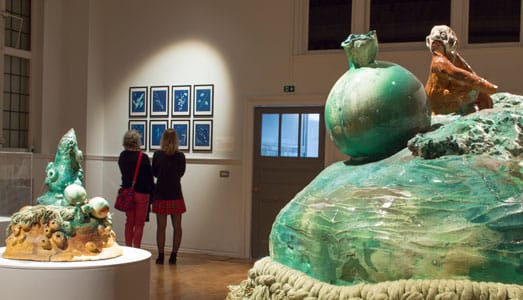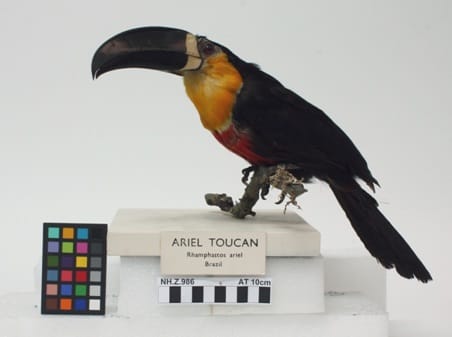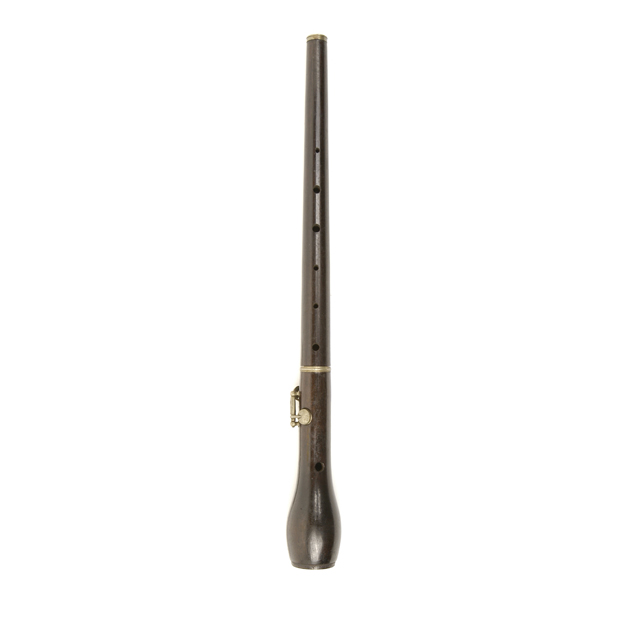
Musette. Blackwood body. Nickel silver plated ferrules and key. The key is pillar mounted with a circular cup and leather pad. Six tone holes, thumb hole and two vent holes. Two joints: cylindrical body joint and bulbous bell. Cork lapped tenon. No inscriptions.
The term "musette" originally referred to a style of bagpipe that was popular in French aristocratic circles in the 17th and 18th centuries. From the 1830s onwards, a number of French woodwind makers began to apply the term to instruments without bags. This chanter-style musette became popular in France and later in Britain and was often used to add a rustic flavour to domestic music making.



